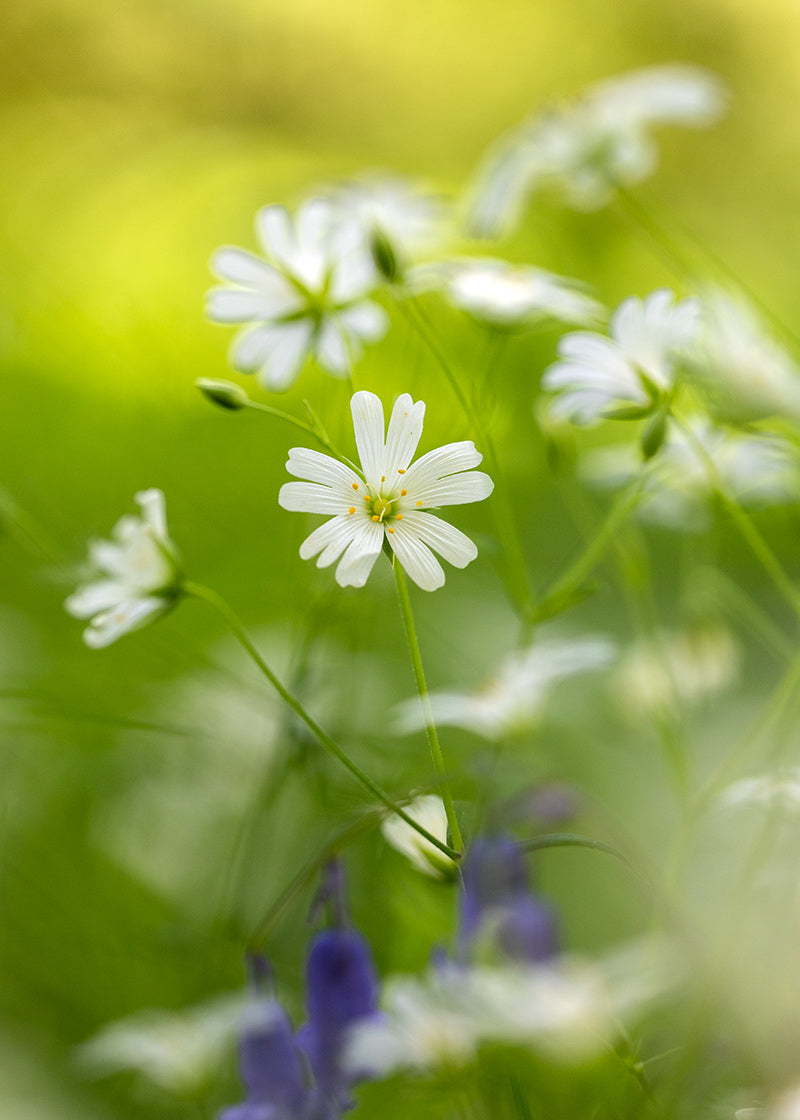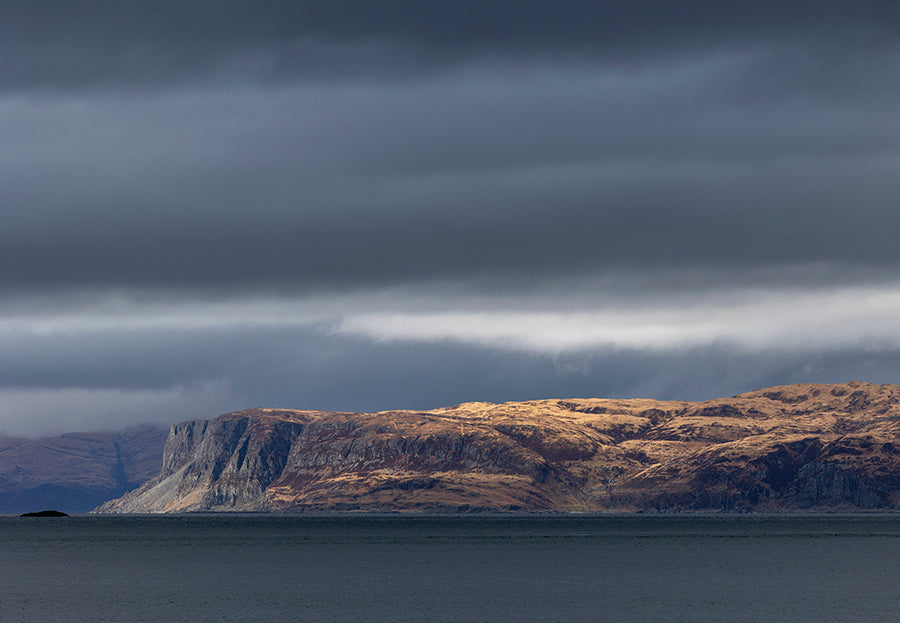4 Outdoor Photography Ideas for April

What to Photograph in April
April is a month of change, dramatic change. Green shoots thicken floral colours burst to life and testosterone fuelled wildlife springs into action! There is an impossible amount to photograph but here are a few ideas to help focus the creative mind...
Busy Bees

1/2000th f7.1 ISO400 (-2 exposure comp.)
April brings a lot of things to get excited about but on a warm April day, you’ll likely find me obsessing over bees! According to the Wildlife Trust there are over 250 species, with plenty emerging right now.
My two favourite bees are both solitary ones, the stunning rust coloured tawny mining bee and any leaf cutter bee (there are seven species). In recent years I’ve put up solitary bee nest boxes and it’s deeply rewarding, I thoroughly recommend it.
Photographing bees is so absorbing and really makes time evaporate. The best approach is to wait for a bright day, use a shutter speed over 1/2000th of send and the fastest shutter burst you can (as they’ll move in and out of focus very quickly). I often wear a neck warmer to cover my mouth and nose as many insects aren’t keen on “mammal” breath.
Don't miss my macro and close-up photography workshop at the stunning RHS Harlow Carr
Warring Woodland floors

Greater stitchwort on a local woodland floor, 1/500 f3.2 ISO 1000
As we gear up to the spectacle of our Bluebell Woods our British woodland floors turn into a battlefield. No I’m not talking about photographers fighting over the perfect position, I’m referring to the warring woodland flowers. Wood anemones, celandine, wild garlic, bluebells and more all race to get the best light before the tree canopy closes in and steals the lion’s share of solar power for itself!
The peak of our woodland blooms is always hard to be precise about, so it’s always best to get out exploring now! The timing will also vary on the positioning of the environment, for example, more sheltered areas will peak later in the season as the sun reaches higher and further.
The closer you get to the flowers the shallower the depth of field you’ll get which often creates a nice abstract-like effect in the background. I also like to use vegetation and flowers in the foreground as well.
Don't miss the always spectacular Bluebell Woods Photo Walk
April Showers

Sun breaking through the rain and catching Mull 1/400 f8 ISO 200 (-1 exposure comp.)
This is the month of most dramatic change. Where you can encounter four seasons in a day. I think April can often be under-appreciated by photographers and largely overlooked. But it’s a fantastic period for landscape and environment shots, in fact, many of my favourite scenic photographs were taken in April.
On those dramatic weather days I like to really emphasise the skies in my composition and will often underexpose by around minus one stop (if you have a camera phone placing your finger on one of the brightest points will often produce a similar result).
Don't miss my Composition Masterclass at RHS Harlow Carr
Curlews Calling

Curlew in the landscape, 1/2000 f5.6 ISO 1250 (-2 exposure comp.)
Until I moved to Yorkshire I always thought of curlew as a coastal bird and was gobsmacked to encounter this huge charismatic bird in the surrounding fields and moors. Since then I’ve been amazed at how and where I encounter these iconic birds. If you’re like me and always thought of curlew as a coast dweller you may be surprised at how close your nearest curlew encounter may be!
I hadn’t realised just how much trouble our breeding Curlews were in until I read Mary Colwell’s Curlew Moon. This weekend is World Curlew day and marks the perfect opportunity to celebrate, photographing this iconic wader.
As big birds, they make a great subject to try and incorporate into wider landscape photos.
Don't miss the spectacular River and Moor Wildlife Walk




Leave a comment